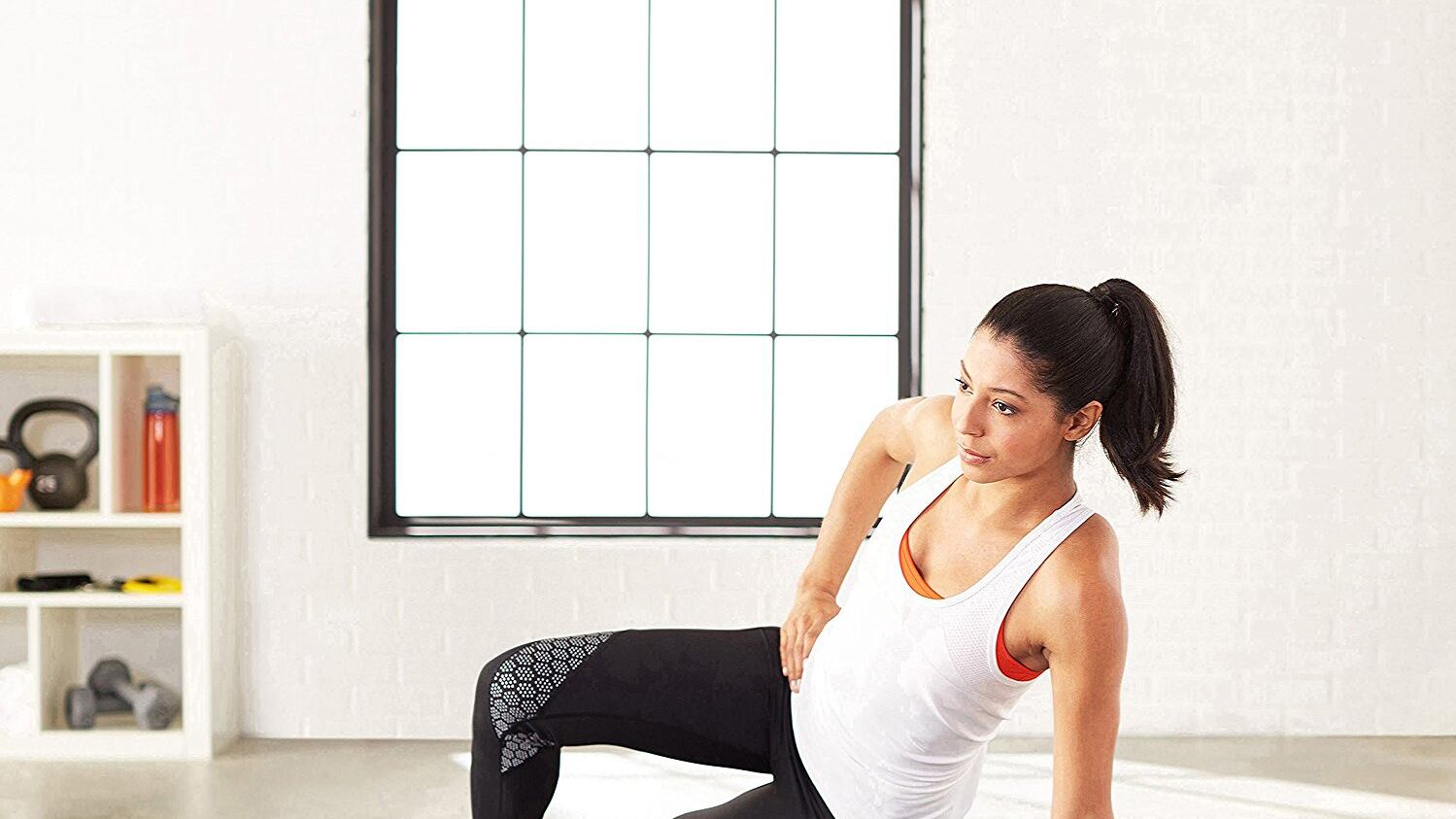Like a lot of people, I revisited my exercise priorities at the turn of the New Year. Through sheer laziness, midway through last year I almost completely ceased stretching following my workouts. At the time, it seemed like a good idea: Stretching takes up to 15 minutes, and I was sweaty and wanted to go home.
But it wasn't a good idea. I spent much of last summer and fall in constant pain, which culminated in a series of shoulder injuries that kept me out of the gym for several weeks. For some reason I thought that eating two to four Advil a day was a better solution than spending a couple of minutes warming down following a strenuous workout.

Since January, I've taken a step back and reassessed my priorities. I'm focusing less on stressful heavy lifts and a lot more on mobility exercises using resistance bands and dynamic movements with kettlebells. But part of all of this is a renewed commitment to stretching, and part of my stretching routine is rolling my limbs and back out with a foam roller.
A foam roller is a tube of densely compressed foam, and you use it to accomplish a very simple task: Self-Myofascial Release, which is a fancy way of saying "giving yourself a massage" (read a science-y primer on it here). Specifically, by lying atop the roller and scooting back and forth atop your body or a limb, you use gravity and friction to massage to loosen up your fascia, which is a protective layer of tissue that surrounds your muscles. You know when you have a "knot" in your back? That's your fascia adhering to your muscles, and massaging it helps unstick the fascia and correct that knot.
I've gotten back to regular foam rolling (after workouts) for the first time in six months. It doesn't take long, I do it for about 30 seconds per area—upper and mid back, lats, calves and thighs—and it greatly helps reduce soreness and tension following a tough workout. It's a physically intense sensation, similar to getting a hard massage, but it works.
There are a zillion fancy foam rollers on the market, upscale options often coming with ridges and grooves that are supposed to mimic the contours of a human hand or covered in raised bumps that really get into the meat of your body. I've used both of these fancier models. They are very good at making you feel like you're doing a really good job of rolling yourself out because the ridges, bumps and so forth make the experience borderline painful.
But for my money, you don't need anything more than a full sized (36″) base model, like the Amazon store brand for just under $20, which is wide enough to roll out the entire length of your back at once. Really, the work that is being done by foam rolling is that of your bodyweight and gravity applied to the roller. The bumps are cool and all, but, in my experience, they aren't worth an additional $20-$40. Although I usually foam roll at the gym, I have one of these basic ones at home for when the back starts to ache or for the rare occassions when I go on runs.
There are a zillion tutorials on foam rolling on YouTube, and it is so simple that anyone with space on their floor can do it. If you've been revisiting the gym, or running, or changed your exercise at all recently, it's worth investing in a simple tool that'll have you a little less achy the next morning.
(Cool Stuff is a new feature at Willamette Week where we feature product reviews, roundups, sales and other commerce and shopping-oriented content. All Cool Stuff reviews are editorially independent, meaning we provide honest reviews and aren't paid by the brands we write about. If you do choose to purchase something after following one of our links, Willamette Week may receive a commission, which helps fund our journalism.)
